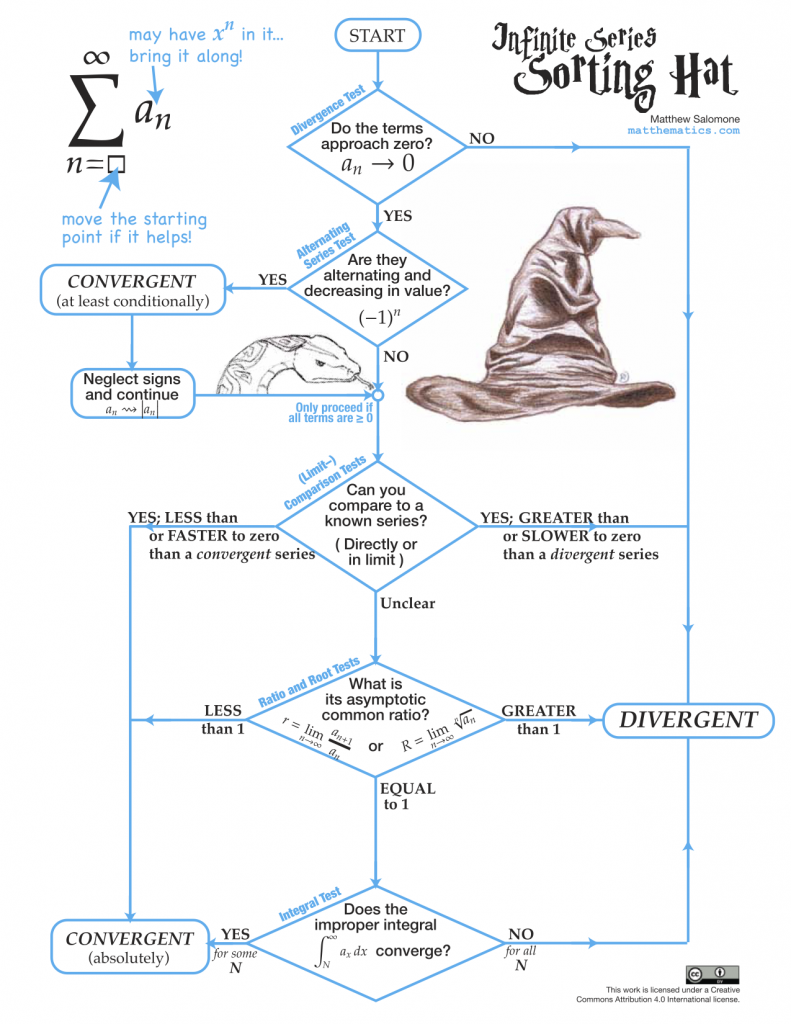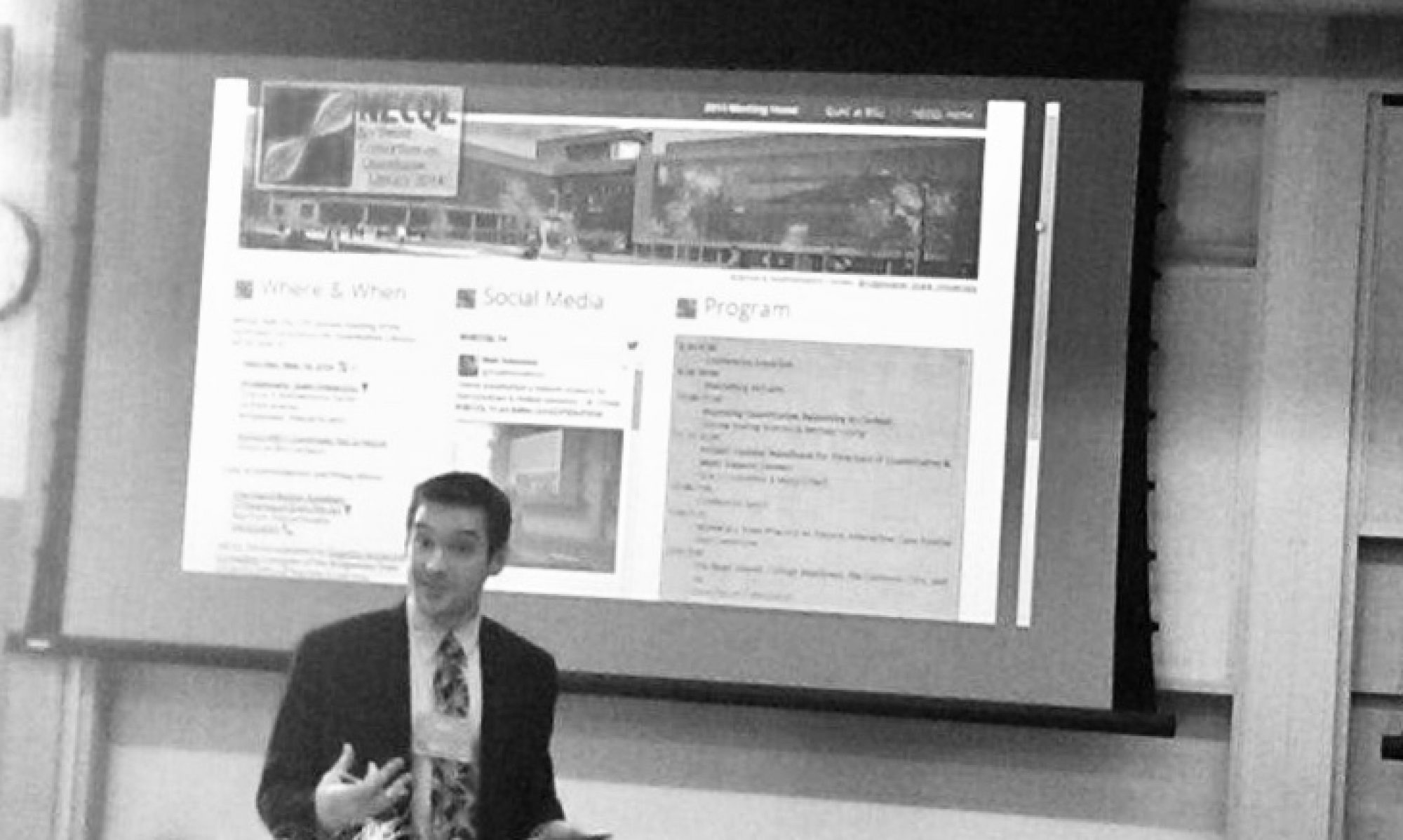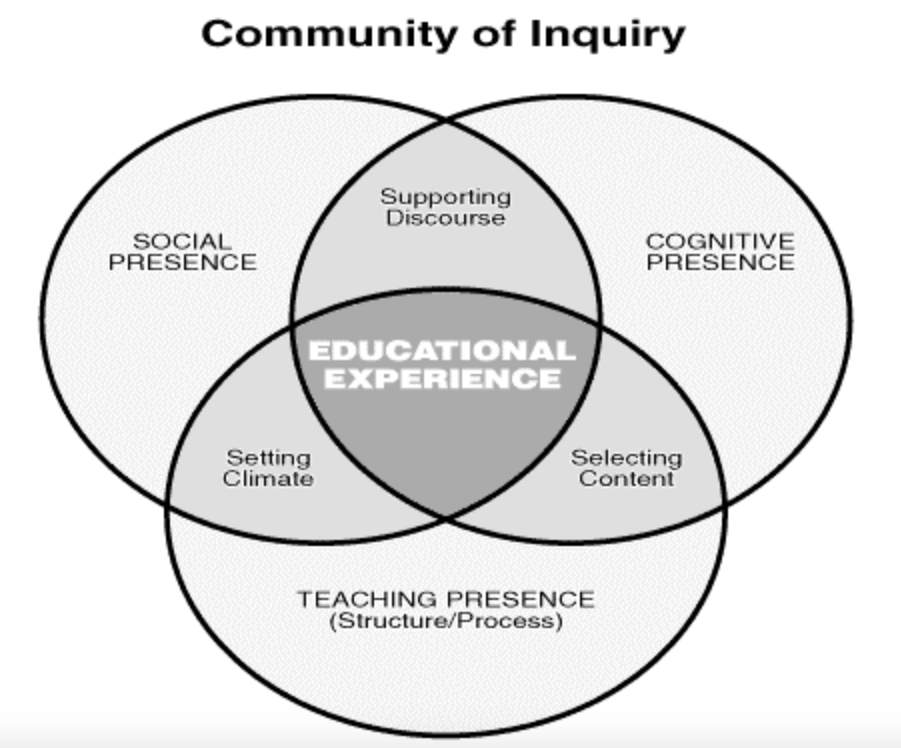Matthematics.com fell prey to a WordPress exploit attack recently! To avoid further infection (to our site and to yours), we’re in the process of a clean install. Some media might be unavailable and some links may be inoperative until the server is completely sanitized. Thanks for your patience!
Challenging Systems: My 2021 Research Statement
I wrote this research narrative as part of my portfolio for promotion to professor at Bridgewater State University in 2021. I’m sharing it here in case it helps the interested reader of this blog to better understand my somewhat scattershot research agenda (at least since 2014, as far back as my portfolio needed to go).
Disclaimer: Everyone’s research narrative is different, not least because of the context in which it is written. Mine is reflective of both (a) my position as a faculty member at a teaching-focused primarily-undergraduate institution and the ways this shapes expectations of scholarly activity and productivity; and (b) my necessity to marry my scholarship to my large service profile, since I have always held simultaneous administrative roles at the university. Your needs and contexts will vary! And… if I had had more time, I probably would have written a shorter version. Continue reading “Challenging Systems: My 2021 Research Statement”
Grow Up, Branch Out (Transcript)
This is a transcript of the interactive video Grow Up, Branch Out: Achieving and Assessing Quantitative Literacy for the 21st Century, produced for the Massachusetts Department of Higher Education in 2019.
The Infinite Series Sorting Hat
Looking for a way to keep all those convergence tests for infinite series straight? Looking for a cultural reference that some of your calculus II students will still find timely and relevant for a few more years? Look no further than the infinite series sorting hat.
 Get the printable versions:
Get the printable versions:
- Filled out as above: Click here (PDF)
- Blank version: Click here (PDF)
(Thanks to the many folks on Twitter who gave me suggestions to improve the original version!)
Answer Key 1
[mathjax]
Assuming the first term of each sequence is n=1:
- \( a_n = 4-4n \) and \(a_{20} = -76\)
- \( a_n = \frac23(n-1)\) and \(a_{20} = \frac{38}{3}\)
- \(a_n = 36-11n\) and \(a_{20} = -184\)
- \( a_n= -5 + \frac72 n\)
- \( a_n=6 – \frac12 n\)
- \( a_n = -70+9n\)
- \( a_n = -5+9n\)
- \( a_n = 22-4n\)
- \(a_n = \frac{12}{5} – \frac25 n\)
- \( 2585\)
- \( n = 5\)
- \(a_n = 2\cdot 3^n\)
- \(a_n= \frac{15}{2} \cdot \left( \frac25 \right)^n \)
- \(a_n = 8 \cdot \left(\frac12\right)^n \)
- \(a_n = 60 \cdot \left(\frac12\right)^n \)
- \(a_n = -3072 \cdot \left( -\frac14\right)^n \)
- \(a_n = \frac45 \cdot 5^n \)
- \( a_n = \frac32 \cdot 2^n \) or \( a_n = \frac32 \cdot (-2)^n \)
- \( a_n = -160 \cdot 2^n\) or \(a_n = -160 \cdot (-2)^n\)
- \( a_n = 14\cdot \left(\frac12\right)^n\) or \(a_n = -14 \cdot \left(-\frac12\right)^n\)
- \( 5115 \) (Note, problem should read “…of the geometric series.”)
There’s also a chance that the teacher uses \( (n-1) \) more than \(n\) in the answers to 1-9 and 12-20. If so, then the teacher’s answers can be simplified into these answers.
Thanksgiving Squash Hash
This hash was a smash today at Thanksgiving. It tastes like sweet, fennel-and-herb-scented sausage – but is meatless. (Vegan, even.)
I don’t have a long, rambling, onion-on-my-belt food blogger story. (In fact, no onions here at all.) Just a recipe, below. Continue reading “Thanksgiving Squash Hash”
Welcome to Matt Salomone’s Mathematics Home
Welcome to my newly-updated web home at matthematics.com .
I enjoy thinking, tweeting, and sometimes blogging about emerging issues in the teaching and learning of mathematics and quantitative literacy. Some of what you’ll find here includes:
Open Courses/Text Projects:
- Applied Calculus for Business (MATH 144)
- Linear Algebra (MATH 202)
- Abstract Algebra (MATH 301)
- Exploring Abstract Algebra II (MATH 302) (Video course)
- Open Algebra and Knots (MATH 596)
Continue reading “Welcome to Matt Salomone’s Mathematics Home”
Gone TPSE-Turvy, Part 1
This week’s New England meeting of the Transforming Postsecondary Education in Math group (TPSE Math) was fascinating – and the most fascinating part of all is the mere fact of this organization’s existence, its illustrious leadership, and its ambition. Continue reading “Gone TPSE-Turvy, Part 1”
Bringing Their Brains
The next time I teach a web hybrid course, I want it to be a great online course with the meetings as a bonus (rather than a great face to face course with web content as a bonus).
I’ve been thinking a lot about the Community of Inquiry (CoI) model of online learning during the #HumanMOOC course on humanizing online instruction. The model (Garrison, Anderson, and Archer 2000) positions student learning as a function of three interrelated forms of presence in an online environment:
For me,
- Teaching presence means making myself an active part of the course for all students. The folklore on my campus is that many students in online courses don’t even know who their professor is. On the internet, it could be anyone. A dog. A robot. If I’m doing my job as an instructor, it shouldn’t be different from my job as a face-to-face instructor: teach. Create conditions for learning, guide students through the process of learning with feedback, and assess whether learning has happened. These are hard to do face to face, just as they’re hard to do online, but no more or less important. This helps students to know I’m engaged, which is necessary (though not sufficient) for them to engage.
- Social presence means helping students to connect with one another and cultivate a sense of belonging in the online environment. Online learning, like in-person learning, can only work so well when it’s hub-and-spoke, with each student interacting with me and not with each other. (It also centers me as the authority in the class, which I need my students to do less.) So I need to use my teaching presence to create opportunities to build social presence too: by initiating (and requiring, and (!) being active moderating) threaded discussions, but also by exploring multimedia tools such as the nifty Flipgrid to give students space to interact through short video clips. I could see these videos as both opportunities for students to reflect on their learning, and to record student-voice “how-to” tips on a topic to help their classmates in their study process.
- Cognitive presence, the topic of this week, is where the higher-order learning happens. But insofar as students struggle to be cognitively present in face-to-face classes, especially those that meet before 10:00 in the morning, I would expect it’s even more of a struggle for them to be cognitively present in an online learning environment.
I wonder whether trying to do higher-order thinking in an online class is like trying to do physics homework at a rock concert. Distractions are everywhere, and the milieu isn’t designed for “system-2” engagement of higher cognitive function. (Kahneman, 2011) The internet, like the rock concert, is fundamentally a vehicle for dopamine delivery, not deep discourse.
But there is hope, as Peter Shea reports in today’s HumanMOOC webinar on cognitive presence:
He and his team did a quantitative content analysis on all (tens of thousands) student interactions in an online course and connected them with measures of teaching, social, and cognitive presence, and was able to describe the relationships between these forms of presence using a structural equation model and CHAID (Chi-square automatic interaction detection) tests to show that students who were most cognitively present in an online course were those who:
- Felt most comfortable contributing to online class discussion (social presence), who in turn
- Most felt that the instructor helped keep those discussions focused on relevant course concepts (teaching presence).
Likewise, the most cognitively present students were also those who
- Most felt as though they got to know other students and felt a sense of belonging (social presence)
- (I’m sure this doesn’t happen by accident either, and that a measure of teaching presence, such as the requirement to interact with other students and the instructor’s ability to communicate approachability, availability, and sensitivity to student needs likely explains this.)
So the moral of the story in my mind is that students will “bring their brains” to an online course that makes them feel connected to one another, positive, and engaged in focused, topical discussions of course content. I like to think I do well enough with the connectedness and positivity — encouragement of social presence — in my courses, but what I most want to work on is my creation of, and especially my presence in, discussions of course material. I’ll be thinking a lot about how to do that in ways that will work for my students as well, as next semester approaches.
Garrison, D. R., Anderson, T., & Archer, W. (2000). Critical inquiry in a text-based environment: Computer conferencing in higher education. The Internet and Higher Education, 2(2), 87-105.
Kahneman, D. (2011). Thinking, fast and slow. Macmillan.
Let’s Talk About Text
An article came across my Twitter feed that hit upon a challenge I didn’t realize I had in thinking about how to run an effective online class:
Using video and audio to increase human presence in online learning https://t.co/uSB4mKwCG4 #HumanMOOC
— Maha Al-Freih (@Maha9313) November 26, 2016
In the article, not only does Steve Kolowich make a point that I fretted about in the beginning of this blog:
[W]hat often makes students choose the flexibility of online learning — being too busy to enroll in a classroom course — can also make it harder for them to keep up with their studies.
What’s more, he also talks about how the primary point of contrast between students and instructors — the learning management system (LMS) — is often designed around asynchronous, text-based interactions (posting course materials, dropboxes for written work, text-centered discussion boards) in ways that make it difficult to integrate richer media interaction. In short, for instance, Blackboard isn’t set up to be a transformative platform for multimedia engagement — it’s a bulletin board-cum-gradebook for trading in text.
Which is fine as far as it goes. But what I miss most when I teach web-hybrid courses is the social interaction that happens in the classroom (and hopefully also out of class, in the hallways or in office hours). And I have tried to use video to amplify my pedagogy in the past but struggled to connect it naturally with the rest of my course. So I says:
https://twitter.com/matthematician/status/802572942974578688
And I didn’t realize it at the time, but my frustration with getting students to engage in text-based interaction spilled over into frustration with getting them to interact with a text more generally. That is, it’s not just that I’m unsure how to invite students to meet with me via text, but also that I’m unsure how to invite students to a text at all. Partly because I teach in a discipline that, particularly at the undergraduate level, values parsimony in its written expression (“the best” proof, or “the most popular” textbook, is often the shortest or the one which requires a minimal level of textual engagement), I haven’t been forced to reckon with my students’ reticence to read as much. It may also be why I’ve found some success in video-based flipped pedagogy: for my students, I got the sense that videos weren’t supplementing their reading, they were supplanting it. Was that what I really wanted for them?
That said, as I puzzled through this in the public arena of Twitter (yay for Open Pedagogy), I was fortunate to have one of my colleagues push back from a different disciplinary perspective:
https://twitter.com/paulakrebs/status/802907636299599872
https://twitter.com/paulakrebs/status/802910503957889024
Her point, as I took it anyway, was twofold: (1) that the message is more important than the medium, and (2) that engaging with text is essential for all students, whether online or in person, whether studying Victorian literature or algebraic topology. So I’m coming full circle to the question:
How do I use the tools at my disposal in a course, particularly online tools, to invite students to engage with their text?
What I’ve tried, that mostly hasn’t worked, so far:
- Reading quizzes. These were a particularly unpopular element in a particularly difficult class the last time I taught multivariable calculus in 2013. Despite my best effort to make the quizzes short, low-stakes, and formative in nature, students still felt like they were a “gotcha” — they’d do poorly on them either because they didn’t read, or didn’t know how to understand what they read, and then neither they nor I knew how to follow up on that fact.
- Team readiness tests (RATs). I used this Larry Michaelsen technique in a business calculus class. Each test was taken first as individuals, then immediately thereafter as a team. The individual test was on paper, while the team test was given via an LMS (Moodle at the time) that permitted teams to revise each answer until they got it correct. This went over much better than my previous reading quizzes, maybe because of the self-correcting revision mechanism that made it feel less adversarial. But it was a lot of work to sustain because of the need to create both paper and LMS versions of each quiz. (Plus, at least one student, it turns out, blew off the individual portions because he incorrectly thought that only the team score counted.)
- Social reading. The newest attempt, I’m using this method along with the exciting Hypothesis web annotation platform to create a conversation among my students right in the margins of online text. It’s been limited so far since I’m not using an open, online textbook, but at least I can (1) tell that my students are, in fact, reading, and (2) see exactly how they’re building understanding around the text, where they’re getting stuck when they read, and how they’re helping each other to get unstuck. I’ll be using a free online text next semester so I’m looking forward to using this more consistently throughout the course.
So what are some other ways to use technology to transform how we invite students into a text?

